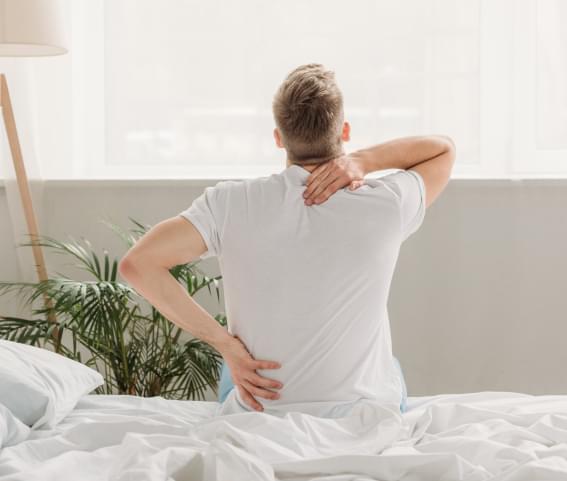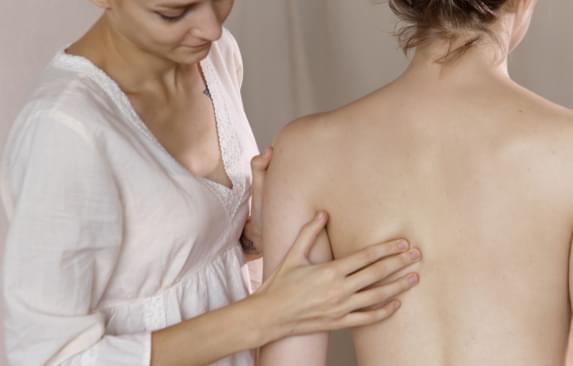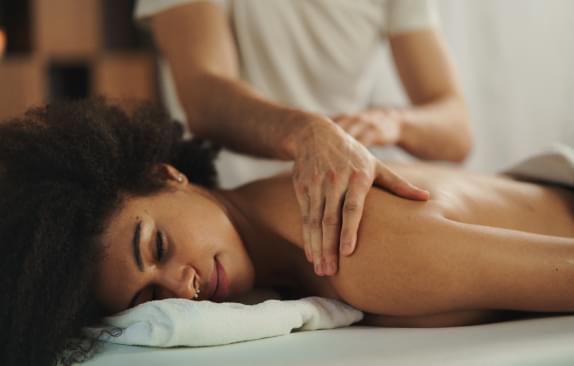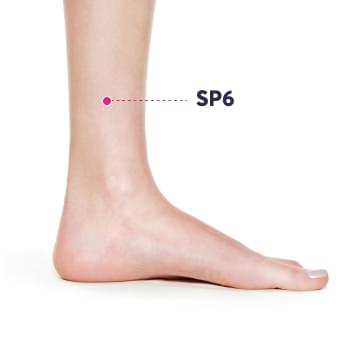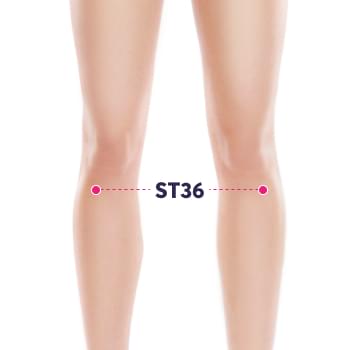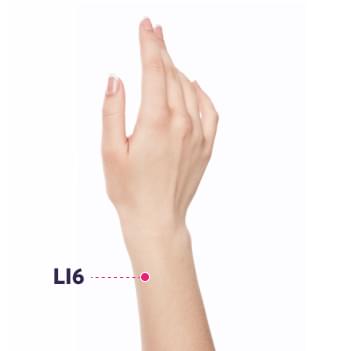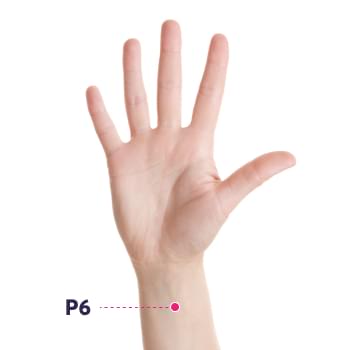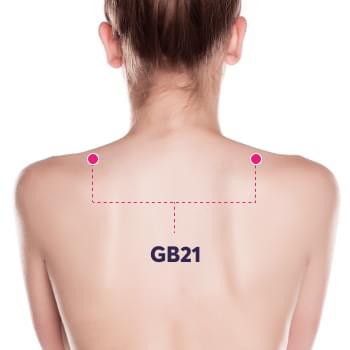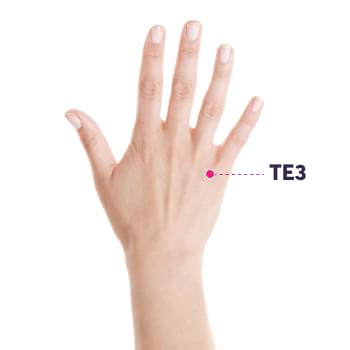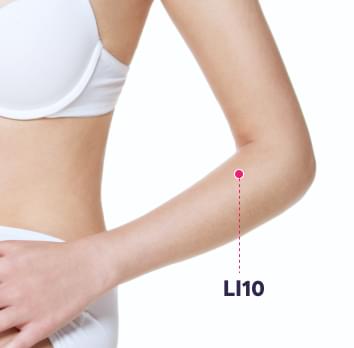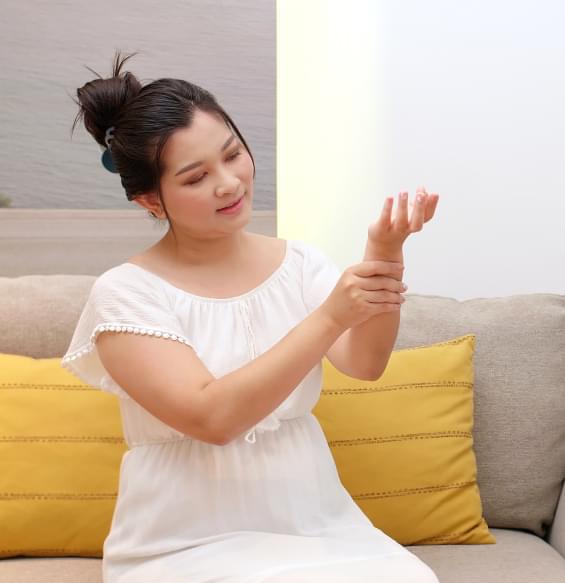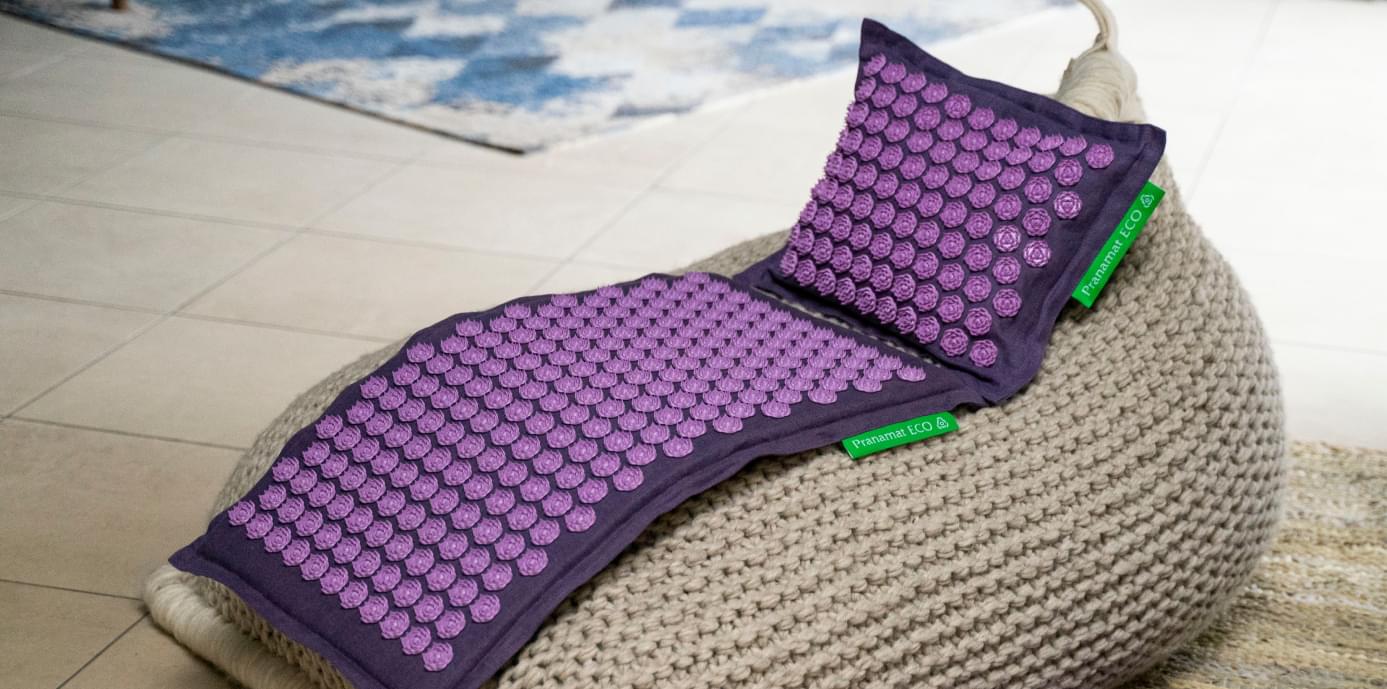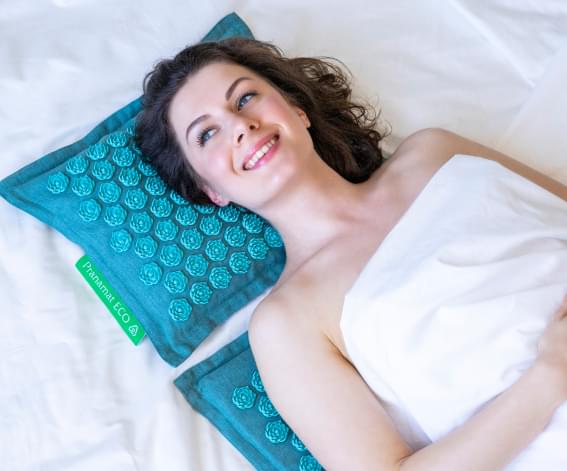To gain the benefits of acupressure, it is vital that you understand the concept of
acupressure and perform the massage correctly. Not doing so, or performing the
massage incorrectly, could lead to injuries
It is also necessary to dedicate adequate time to acupressure. It’s something you
should be able to do without thinking of other things. This is to help your body
relax and fully experience the benefits.
Take note, however, that while some see and feel results immediately, others will
need several sessions. It will depend on various factors, such as your body’s
condition.
Pressure points on the feet for back pain and other pressure points in the body can
be stimulated multiple times a day or even prolonged for an hour. If it can't be
done daily, it should be done at least two or three times a week.
Below are the steps to perform massage correctly:
